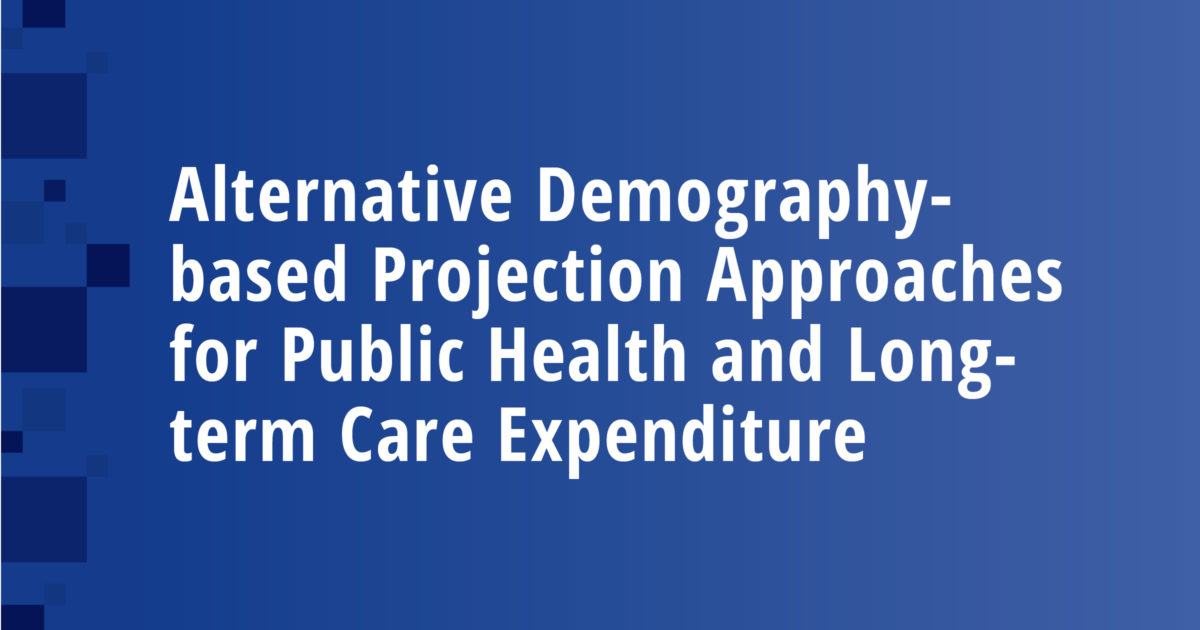
Ageing populations pose a major challenge for long-term sustainability of public finances. The respond has been a wave of pension reforms that has lowered markedly the projected pension expenditure in EU countries. The increase in the second major expenditure item, health and long-term care costs, has become the most important element of fiscal sustainability gaps. We compare different demography-based approaches generally used to evaluate the costs. The interaction of different projection approaches and demography is illustrated by using realizations of a stochastic population projection as inputs in a numerical expenditure model. Our example country is Finland.
Our results show that considering the effects of proximity to death on the expenditure generates markedly slower expected expenditure growth for the health and long-term care costs than using age-specific costs or the method developed and used by the European Commission and the Finnish Ministry of Finance. In addition, the sensitivity of the expenditure projections to demographic risks is lower. The differences in the outcomes of the different approaches are largest in long-term care costs, which are in any case growing faster in Finland than the health care expenditure because on population ageing.